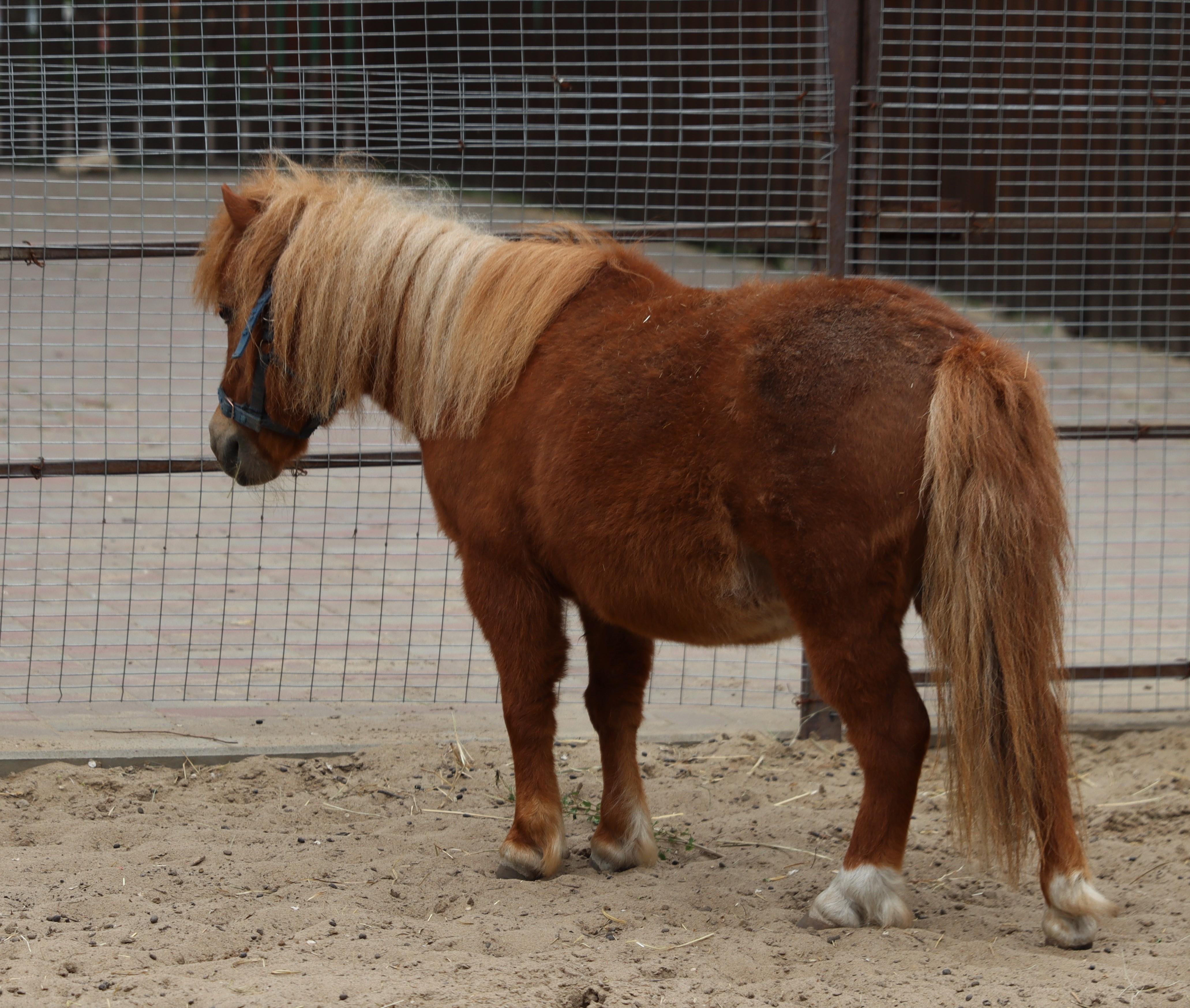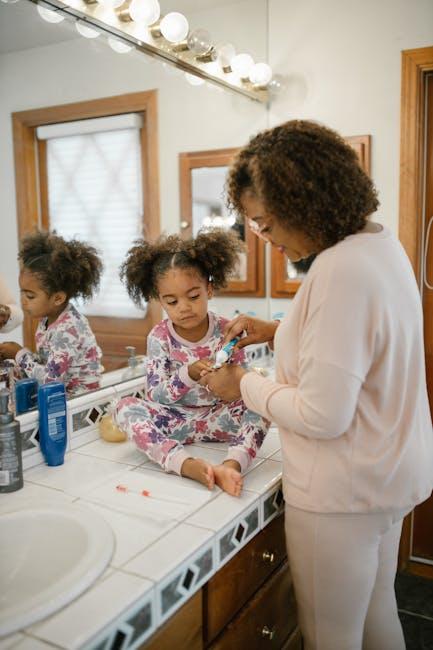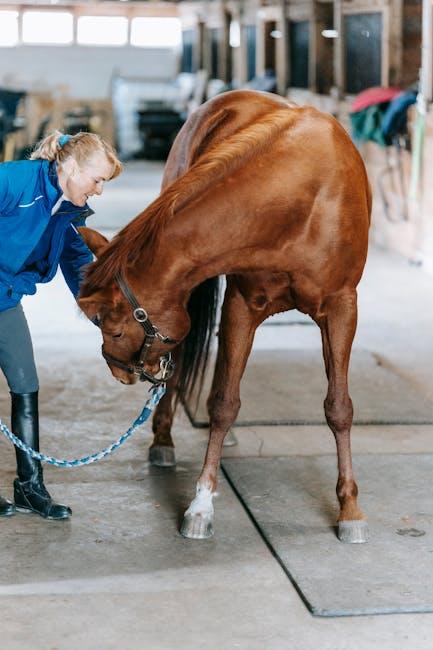In the ever-evolving world of pet care, professional groomers play a pivotal role in maintaining the health and happiness of our beloved animal companions. As pet ownership continues to rise, so does the demand for skilled grooming services, prompting a crucial question: Are professional groomers trained well enough to meet the diverse needs of our furry friends? This article delves into the training and expertise of professional groomers, exploring the standards, practices, and educational paths that equip them to provide top-notch care. With a warm and instructive approach, we aim to shed light on the grooming industry’s current landscape, helping pet owners make informed decisions while fostering a deeper appreciation for the dedicated professionals who keep our pets looking and feeling their best.
Understanding the Training Process of Professional Groomers
When it comes to the world of professional grooming, the training process is both comprehensive and meticulous. Aspiring groomers often undergo a blend of classroom instruction and hands-on experience to ensure they are well-prepared to handle the diverse needs of pets. This typically includes learning about different breeds, understanding animal behavior, and mastering grooming techniques. Key areas of focus during their training might include:
- Understanding pet anatomy and skin health
- Proper handling and restraint techniques
- Sanitation and safety protocols
- Use of grooming tools and equipment
In addition to technical skills, professional groomers are trained to develop a keen sense of empathy and patience, which are crucial when working with animals that may be anxious or unfamiliar with the grooming process. Furthermore, many training programs emphasize the importance of communication skills, both with pets and their owners, ensuring that each grooming session is a positive experience for everyone involved. This combination of skills and qualities is what sets professional groomers apart and enables them to deliver high-quality care to their furry clients.

Identifying Key Skills for Grooming Excellence
In the realm of professional grooming, the journey to excellence is paved with a diverse set of skills. To ensure that groomers are equipped to meet the highest standards, it’s essential to focus on a combination of technical abilities and interpersonal skills. The following are some of the key skills that are crucial for any groomer striving for excellence:
- Technical Proficiency: Mastery of grooming tools and techniques is foundational. This includes understanding different coat types, knowing how to safely use scissors and clippers, and being adept in styling according to breed standards.
- Animal Behavior Insight: A deep understanding of animal behavior allows groomers to create a calm and safe environment. Recognizing signs of stress or discomfort in pets and adjusting techniques accordingly can make a significant difference in the grooming experience.
- Customer Communication: Building a rapport with pet owners is as important as the grooming itself. Effective communication ensures that the groomer understands the owner’s expectations and can provide advice on pet care and grooming schedules.
- Attention to Detail: Grooming is as much about aesthetics as it is about health. Spotting potential health issues, such as skin irritations or parasites, and bringing them to the owner’s attention is an essential part of a groomer’s responsibilities.
By honing these skills, professional groomers can not only elevate their craft but also foster trust and satisfaction among their clients, ensuring a successful and rewarding career.

Enhancing Grooming Education with Continuous Learning
In today’s dynamic world of pet grooming, staying updated with the latest techniques and trends is crucial for professional groomers. Continuous learning is not just an option; it’s a necessity. Groomers can benefit immensely from ongoing education, which can be delivered through workshops, online courses, and hands-on training sessions. These learning opportunities can cover a wide range of topics such as:
- Advanced grooming techniques that cater to different breeds and coat types.
- Health and safety protocols to ensure both groomers and pets remain safe during the grooming process.
- Customer service skills to enhance client satisfaction and retention.
- Business management strategies for those looking to run their own grooming salons.
By embracing a culture of continuous education, groomers can refine their skills, boost their confidence, and ultimately deliver exceptional services to their furry clients. This commitment to lifelong learning not only elevates the individual groomer’s capabilities but also enhances the overall standards of the grooming industry. Through consistent improvement and adaptation, groomers can ensure they remain at the forefront of their profession, providing the best care and style for every pet they handle.

Recommendations for Elevating Groomer Training Standards
To truly uplift the grooming industry, it is imperative to focus on enhancing the educational frameworks for professional groomers. A solid foundation begins with comprehensive curricula that blend both theoretical knowledge and practical experience. Implementing modular courses that cover a wide range of topics, from canine anatomy to breed-specific grooming techniques, can ensure groomers are well-prepared to handle diverse challenges. Additionally, incorporating hands-on workshops and mentorship programs can bridge the gap between classroom learning and real-world application.
- Standardized Certification: Establishing a universally recognized certification can help maintain consistent quality across the industry.
- Continuing Education: Encouraging groomers to participate in ongoing training sessions and workshops to stay updated with the latest techniques and tools.
- Feedback Mechanisms: Creating platforms for groomers to receive constructive feedback from peers and clients can foster a culture of continuous improvement.

